Michael Novosad
Reviews By Author
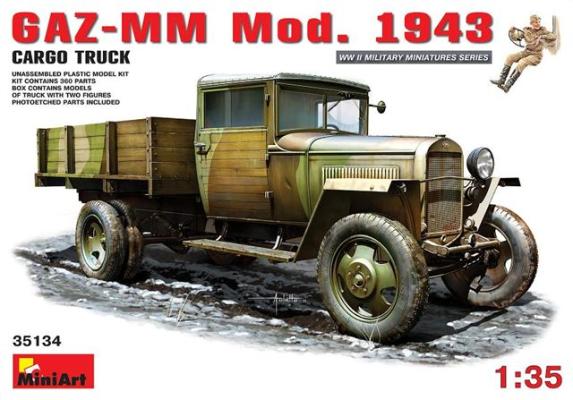
|
GAZ-MM 1943 Cargo TruckPublished:
History – The GAZ Model 1943 Cargo Truck was based on the original GAZ-AA and, due to material shortages caused by the war, incorporated several metal and miscellaneous components changes. The vehicle was equipped with a more powerful 50 HP engine, simplified cab, the right headlamp was omitted, and brakes were fitted to the rear wheels only. Wood doors were added to the cab to improve driver comfort during the harsh winters. Gorkovsky Avtomobilny Zavod (GAZ, aka Gorky Automobile Plant) manufactured 138,600 GAZ-MM trucks. Box Contents – The box contains 360 parts on 23 sprues. The tires are multi-part sandwiches that are included on seven of those sprues. A small and quite delicate PE fret is included, as well as two… more |
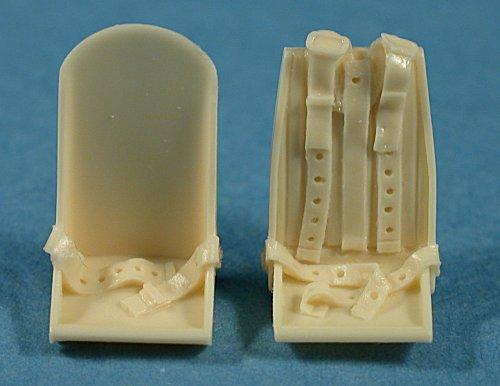
|
Beaufighter SeatsPublished:
I have been a customer of the Canadian firm Ultracast for several years, and in the time I have seen their product line increase greatly with the addition of various resin accessories, decals, figures, and metal products for both the aircraft and armor modelers. Their website is quite easy to navigate. I have yet to be disappointed with any purchase from them. When I saw the 1/48th scale Beaufighter seats available for review, I could not resist volunteering. I had a Tamiya kit squirreled away and these seats would be the perfect complement to an already fine kit. The kit seats are rather bulky in shape and should be thinned for a more scale appearance, and seat belts needed to be added. The kit’s gunner’s seat is quite incorrect in shape. The Ultracast offering… more |
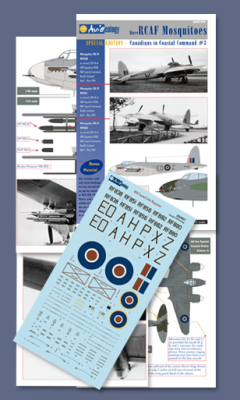
|
RCAF MosquitoesPublished:
The SquadronThe Mosquito was flown by 100 RAF, four RAAF, two USAAF and one RCAF squadrons, plus 45 other units. The RCAF unit was the 418 "City of Edmonton" Squadron This squadron was formed at Debden on 15 November 1941 in the night intruder role, equipped with Bostons. However, work up was slow and it was early spring 1942 before the squadron was fully operational, flying its first mission on March 26th. As well as flying the standard Boston, it also used examples armed with a solid nose mounting 20mm cannons which proved to be quite effective in the night fighter role. In May 1943, the squadron converted to Mosquito VIs and, on 15 September, 1943, performed in the escort fighter role to a force of Lancasters from No 617 Squadron attacking the Dortmund-… more |
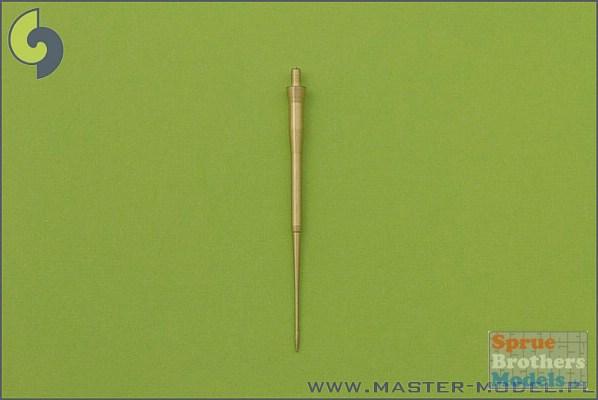
|
McDonnell Douglas F-101B Voodoo Pitot TubePublished:
BackgroundThe trouble (at least for me) with pitot tubes as furnished in most aircraft plastic kits is they are normally the last part installed and the first part broken off. I build 1/48th scale aircraft and will replace the kit pitot tube with lengths of aluminum or brass tubing. I use the kit part for the proper dimensions, but do allow at least ½” extra length in the main shaft for a secure mounting within the model’s wing or nose cone. The CompanyThe company Master is located in Poland, and the owner is Piotr Czerkasow, who is also a modeler. By vocation he is a mechanical engineer. The product line includes aircraft and naval accessories in several scales. The products are distributed worldwide, including the United States, with Sprue… more |
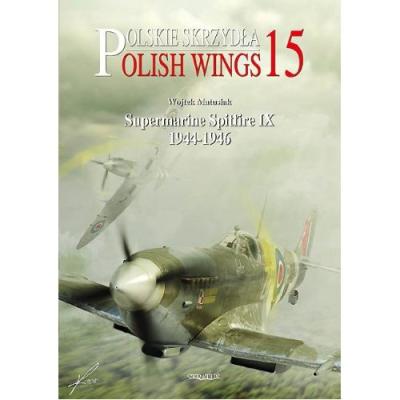
|
Polish Wings 15-Supermarine Spitfire IX 1944-1946Published:
This volume continues the story of Supermarine Spitfire MK IXs used by Polish pilots in Britain during the years 1944-1946, both in Polish and RAF squadrons and auxiliary units. Information on aircraft and crew losses and officially credited victories is included. There are over 200 photographs (about half of which have not been published before) and about 30 color profiles (plus top and bottom views for two representative aircraft). In several instances, full color renderings are included alongside period images of the aircraft. Very nice touch. Wojtek Matusiak, the author who lives in Warsaw, Poland, is a well-known Polish aviation history author. He is a specialist on the Spitfire and has published both in English and Polish. From a modeler’s perspective, I… more |
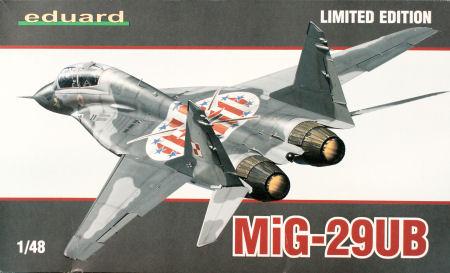
|
MiG-29UB Limited EditionPublished:
HistoryThe Mikoyan-Gurevich MiG-29UB is a 4th generation air-superiority and multi-role fighter, 2-seat trainer variant. The original design for the MiG-29 saw the F-16 and F-18 as its primary adversaries. The first aircraft were received by Soviet Frontal Aviation units in 1984. The aircraft was designed to take off from small, unimproved fields, have a useful combat radius, and a quick turn-around time. It was also to carry a variable payload of weapons. The KitThis is my first Eduard Limited Edition adventure. The kit is the original Academy mold. The kit has engraved panel lines, well detailed tandem cockpits, multi-part canopy, optional position speed brakes and bypass inlets, multi-part exhaust nozzles, and external stores (drop tank and 2 each R-27… more |
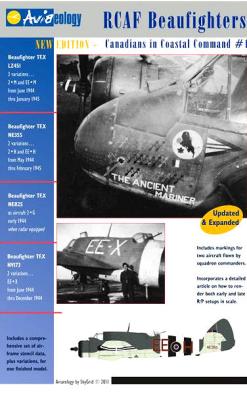
|
RCAF Beaufighter DecalsPublished:
DecalsThe decals are silk screen printed, waterslide, and look stunning. Depth of colors, registration, and definition appear perfect. The carrier film is minimal and follows the outline of the national markings, letters, and aircraft serial numbers. There should be no need to use the kit decals with this set, as all the markings and stencils and included. There are only enough stencils to finish one model, though. InstructionsEight A4 double-sided pages make up the instructions. The instructions have the true depth of reference material that can be preserved in the modeler’s library once the kit is finished and decals applied. Information contained within the instructions/reference pages include:
|
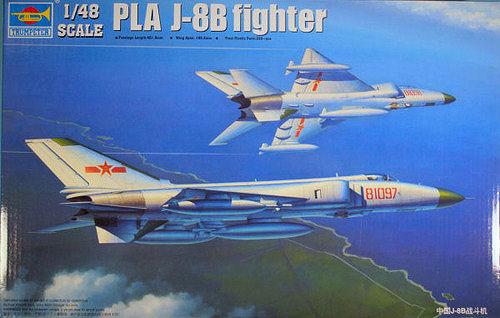
|
PLAAF J-8B FinbackPublished:
HistoryThe development of a Chinese all-weather interceptor began in 1964 and resulted in the first Chinese-designed and built jet fighter. The prototype took its maiden flight in 1969, but the J-8 was not produced until 1979 and entered service in 1980. Its basic configuration resembles an enlargement of the delta-wing of the J-7, with two turbojet engines and a maximum speed of Mach 2.2. The production J-8B is equipped with Type 208A mono-pulse fire-control radar. Although this was an improvement over the original J-8I radar, the Type 208A did not have true beyond-visual-range capabilities, nor look-down/shoot-up ground attack capabilities. Therefore, it could not comply with the PLAAF’s requirements. The J-8B was the early production of the new J-8II series,… more |
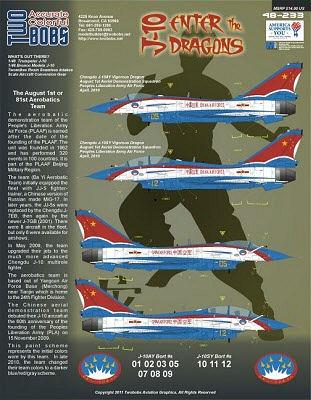
|
PLAAF J-10 Dragon DecalsPublished:
Set 48-233. Colorful markings from the first air show of the 2009 season of the J-10 Chinese Demo Team. There are markings for both the single- and two-seat variants of the J-10. There are enough options on this sheet to build 1 each of any of the jets from the 2009 air show season. Two sheets of decals are included in this set. Markings include national insignia, Demo Team logo, aircraft numbers, stunning tail markings, and various red and white scallops. Decals are sized for both the Bronco and Trumpeter 1/48th scale kits. Set 48-234. More colorful markings from the first air show of the 2010/2011 season of the J-10 Chinese Demo Team. There are markings for both the single- and two-seat variants of the J-10. There are enough… more |
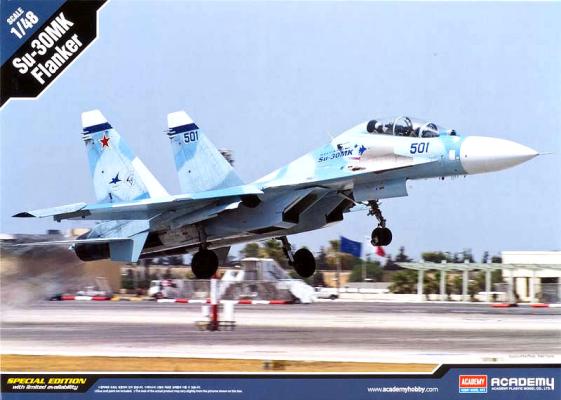
|
Sukhoi Su-30MK Flanker CPublished:
HistoryThe Sukhoi Su-30 Flanker-C is a two-seat, twin-engine, multi-role fighter for all-weather, air-to-air, and air-to-surface deep interdiction missions, developed by Russia's Sukhoi Aviation Corporation. The Su-30 started out as an internal development project in the Sukhoi Su-27 family. The design plan was revamped and the name was made official by the Russian Defense Ministry in 1996. While the original Su-27 had good range, it still did not have sufficient range for the Soviet Air Defense Forces, which needed to cover the vast expanse of the Soviet Union. The development began in 1986 on the Su-27PU, an improved-capability variant of the Su-27 capable of serving as a long-range interceptor or airborne command post. The two-seat Su-27UB combat trainer was… more |
